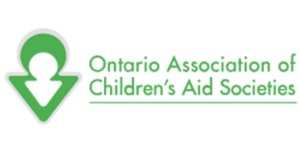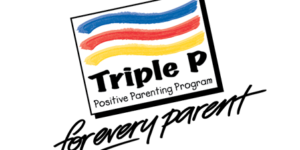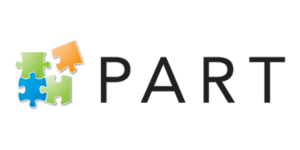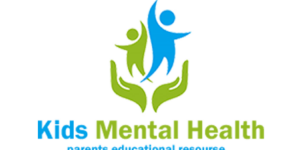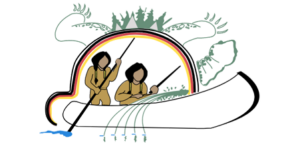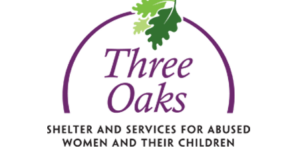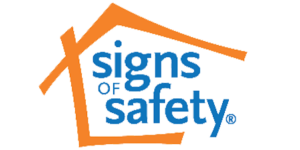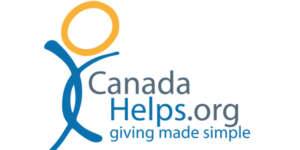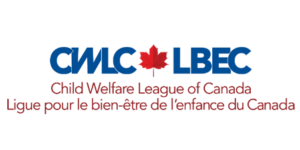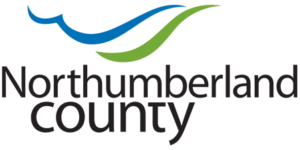-
1. How many children (aged 17 and under) in our community?
There are 43,205 children 17 years of age and under in the Highland Shores catchment area. Why It’s Important Highland Shores Children’s Aid needs to know the child population it is serving. It provides the context for some of the other statistics we report and also allows us to compare our service results with other CASs with similar sized populations.
-
2. What proportion of children from our community do we assess each year?
Each year, about 6.5% of children come to the attention of our agency for a concern about their well-being or safety.
Why It’s Important
This number represents how often our Society completes an assessment regarding a child or youth potentially in need of protection. This can reflect community need or agency practice.
-
3. How many family assessments were performed for families where a concern had been identified?
Each year approximately 1,600 families are assessed by Highland Shores for a potential concern about their children.
Why It’s Important
This is a key statistic that speaks to the volume of our work.
-
4. How many families receive ongoing child welfare services in 2020/2021 fiscal year after being assessed by the agency?
In 2020/21, 718 families or 3.4% of the Highland Shores child population were involved in ongoing cases.
Why It’s Important
This is important as it shows the number of families who move beyond investigation by Highland Shores to being provided services from the Society. It allows us to compare this number to the total number of families being assessed. We can also start to ask questions about how many families we are providing with ongoing services vs other CASs and why those numbers may be higher or lower and if any action is required on our part as a result.
-
5. Of the families who receive child welfare services, how many return to our agency with a new concern within 12 months of their initial services ending?
After receiving ongoing services from Highland Shores, 21% of the families return to our agency within 12 months.
Why It’s Important
This is important in order for us to assess whether the families we are working with are getting the proper tools and services they need to continue to be successful into the future so that ultimately they do not need to return to Highland Shores for assistance.
-
6. Why do families return to our agency after their ongoing service file has been closed?
3.4% of families return to the agency for a concern classified with extreme severity
16.6% of families who return to the agency for a concern classified with moderate severity
0.9% of families who return to the agency for a concern classified with minimal severity
Why It’s Important
This information helps our agency to better understand the causes behind a family returning to Highland Shores for service. It also allows us to understand if the reasons families are returning are a result of an urgent need or due to a more chronic need. These figures show that it is not urgent protection cases such as physical or sexual abuse that are the primary reasons families return to Highland Shores for service but rather ongoing chronic needs generated most often by mental health issues, substance abuse or challenges arising from poverty.
-
7. How many children do we place in out of home care?
During the 2020/2021 fiscal year, 80 children entered our care.
Why It’s Important
This emphasizes that the bulk of our work is with children and youth who remain with their families or with extended family members rather than entering the care of the Children’s Aid Society. Only about 5% of the children we work with require out-of-home care
-
8. Why do children come into care?
When child welfare concerns are assessed, we categorize based on the primary concern into one of several codes. For children entering care, concerns are classified into the categories used in the figure below:

Why It’s Important
It’s important to understand this information so we know what types of services children and their families require. We make referrals and we also advocate or partner for additional services when needed.
-
9. Where are children placed when they are admitted to care?
When children enter care they can have different types of placements, including those that fall under Family-Based Care, Group-Based Care and Other.

Why It’s Important
Our goal is to strive for family-based care and placements when possible to encourage permanency and stability, while making sure that each child who comes into our care has a suitable placement. This information also helps us in planning for foster parent recruitment. It also provides data with which we can advocate for additional treatment services.
-
10. How much was spent toward admission prevention initiatives?
In the 2020/2021 fiscal year, we spent $173,690 towards admission prevention initiatives.
Why It’s Important
Providing financial support to families experiencing temporary or chronic poverty often allows us to prevent a child from coming into our care. These are often one time expenditures that are mitigated as we connect families with other resources in the community.
- Annual Report
- Executive Level Travel Expenses
- Child Protection Standards and Tools
- Audited Financial Statements
- Annual Review and Budget
- 10 Facts About Highland Shores Children’s Aid
- Mission, Vision, Values Statements, Equity Statement & Strategic Plan
- Performance Indicators
- Perquisites
- Vendors
- Procurement of Goods and Services


